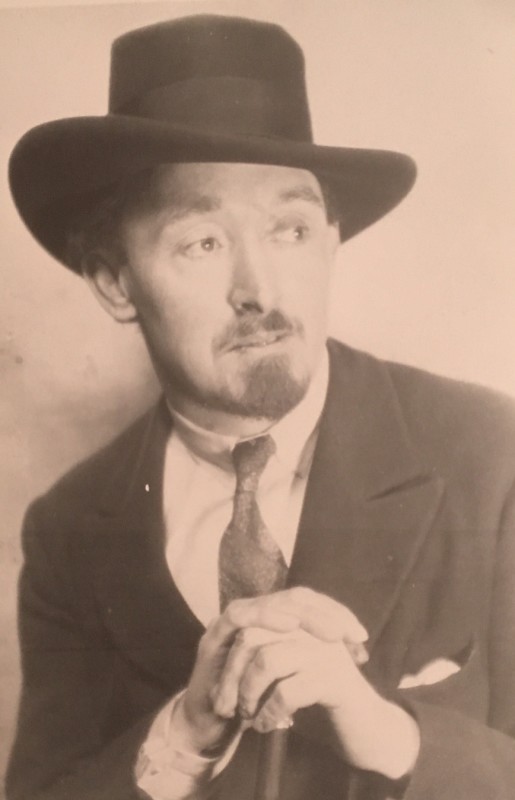A sculptor in stone, bronze, wood and terracotta of figure subjects, Dobson trained at Leyton School of Art and completed his study at the City and Guilds School in Kennington. As well as a sculptor, he was a noted draughtsman and watercolourist. His first solo show was staged at the Leicester Galleries in 1921. Dobson was President of the London Group between 1924 and 1926 and his Torso in wood, exhibited at a London Group exhibition, prompted The Architects' Journal to write: 'Small, compact, with a self-contained sweep of the arms closing about and hiding head and breasts, this Torso lives with a vehement life of indescribable charm. Carved in wood, lissom, strong, and taut, it stands there, as one of the very best things in the exhibition; and I for one, should I ever back a winner, would buy the thing at once, so mighty is my love of it.' In the 1920s and 1930s Dobson was an important member of the British avant garde, and with Henri Gaudier-Brzeska and Jacob Epstein, he represented to Britain and the world what was best and most advanced in British sculpture. In 1925 Roger Fry described his work as 'true sculpture and pure sculpture... almost the first time that such a thing has been even attempted in England'. Dobson taught carving at the Westminster School of Art and after the War was made Professor of Sculpture at the Royal College of Art and he was elected an RA in 1953.
An important book about his work, The Sculpture of Frank Dobson, was published in 1994 by Lund Humphries in association with The Henry Moore Foundation.
